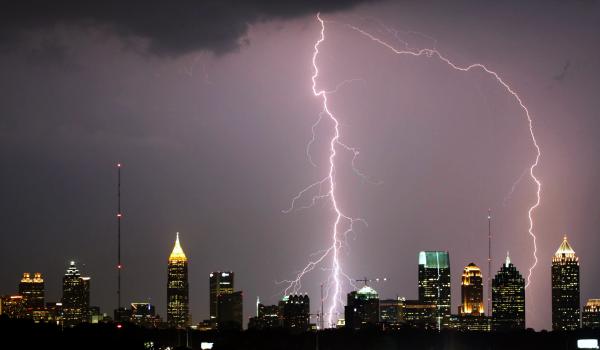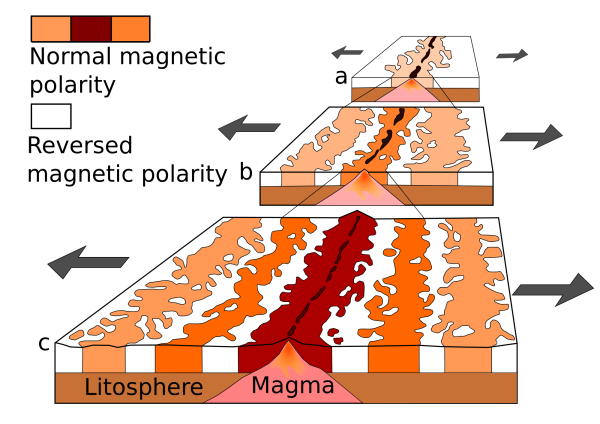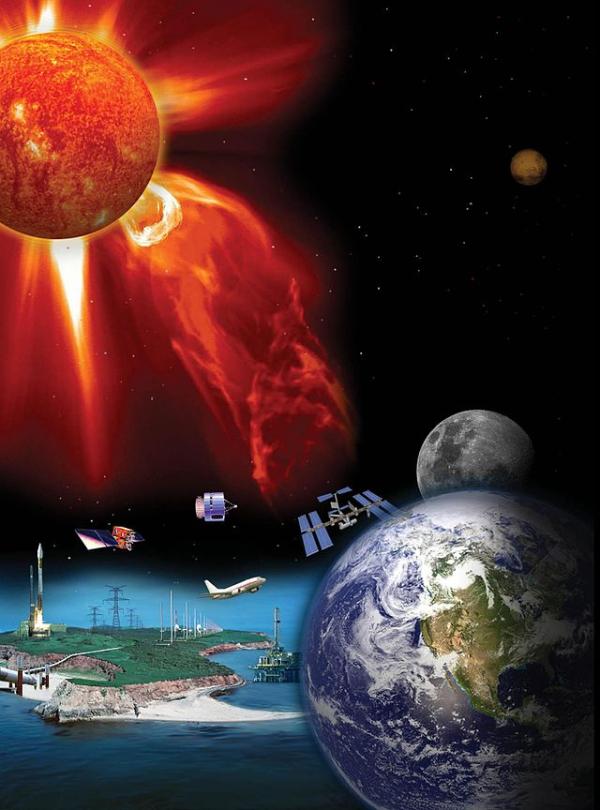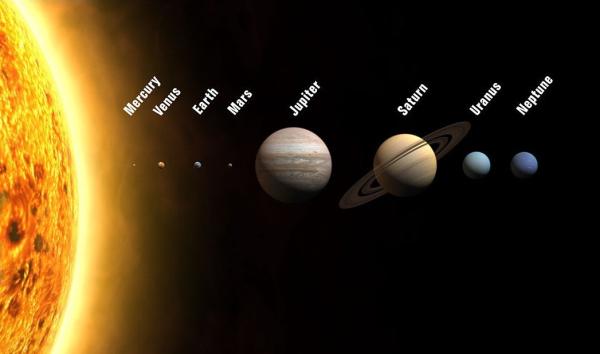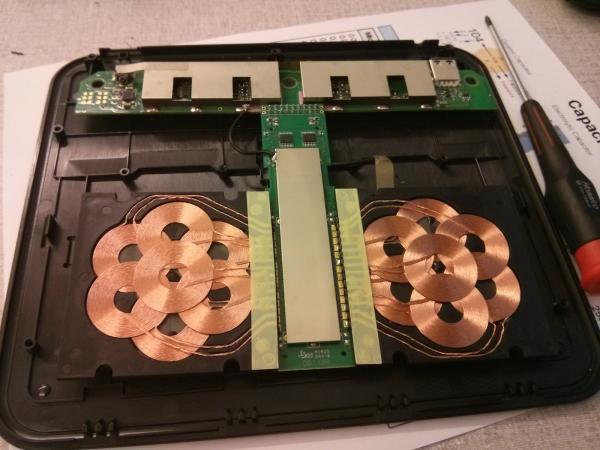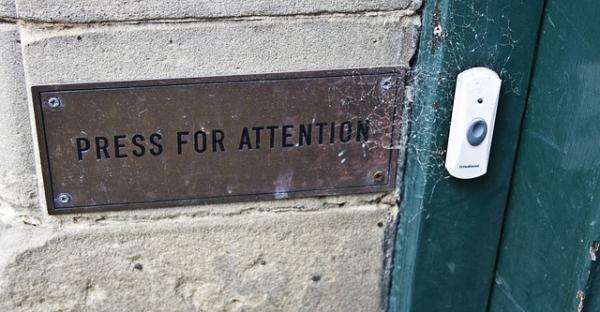Magnet Facts
-
Are Lightning Strikes Magnetic?
There’s a reason why metal attracts lightning better than other materials: Electrical currents cause magnetic fields to form around them. Lightning strikes are rapidly moving electric currents and the movement of electric charges produces a magnetic field. This is called electromagnetism. The electromagnetic properties of lightning are apparent in several ways. The two most apparent magnetic properties of lightning, however, are remanent magnetization and electromagnetic pulses. Continue reading → -
What Is Paleomagnetism?
Scientists can study the history of Earth’s magnetic field by using Earth’s rocks as records. Paleomagnetism is the study of magnetic rocks and sediments to record the history of the magnetic field. Some rocks and materials contain minerals that respond to the magnetic field. So, when rocks form, the minerals align with the magnetic field preserving its position. It’s called rock magnetism when rocks record the position of the magnetic field. The magnetic signature of the rocks allows paleomagnetists to date the rocks and map the position of the field at the time of their formation. Continue reading → -
What Is A Geomagnetic Storm?
A geomagnetic storm recently caused some unusual aurora sightings on Earth. The storm is a result of solar eruptions strong enough to disturb Earth’s magnetosphere. The magnetosphere usually protects us from solarwinds so what made this disturbance different? Continue reading → -
How Does the Hyperloop Train Use Magnets?
Recently, there has been a lot of hype about Elon Musk’s Hyperloop train. Musk, who is no stranger to innovation and entrepreneurship, has also founded Tesla Motors, PayPal and SpaceX. The Hyperloop train, a high-speed mode of transportation is his latest venture. The Hyperloop would use a system of tubes and pods to get people from one place to another faster than ever before. According to CNN, it would travel twice as fast as the fastest train in the world, the Maglev. The Maglev train zips on top of a magnetically levitated track at an average 286 mph but has been clocked at speeds slightly over 310 mph. In other words, the Hyperloop train could potentially travel at records speeds between 600 and 700 mph, according to its creators. How could it travel at such high speeds? Continue reading → -
The Magnetic Fields of Our Solar System
Magnetic fields protect planets and atmospheres from solar particles. The particles from the sun are charged, which means they respond to the magnetic field and move around it. Magnetic fields are generated by the movement of magnetic material located inside the planet, usually at the core. Earth’s magnetic field is generated by liquid metal at the core and Earth’s rapid rotation of 24 hours generates enough movement of the liquid to stimulate a magnetic field. The other planets in our solar system, except for Venus and Mars, all have magnetic fields or traces of magnetism that differ from Earth’s in various ways. So, how are other planetary magnetic fields generated? Continue reading → -
How Do Magnetic Wireless Chargers Work?
For people who are always on the go, carrying a phone charger in addition to a cell phone is probably a common practice. The battery life of most cell phones just can’t keep up with real life. But instead of searching for a free outlet at a coffee shop, some power companies created wireless chargers that use magnetic force instead of cords to transfer power. Continue reading → -
4 Items You Didn’t Know Are Magnetic
You probably know that fridges and certain metals are attracted to magnets. However, there are some surprising items that you may never have guessed are magnetic. In this blog, we are taking a look at some everyday items that can actually have magnetic properties. Continue reading → -
Could A Helium Shortage Affect Magnets?
Did you know that many experts say that there is a shortage of helium? The U.S. has been the biggest supplier of liquid for some time and the National Helium Reserve houses a majority of the Earth’s helium. As the abundance of helium depletes though, some scientists are worried about how the growing demand and limited supply will affect us. According to recent reports, the demand for helium is expected to increase 2 to 3 percent as industries like electronics and healthcare increase their usage of it. Continue reading → -
The Various Shapes of Magnets and Their Uses
Magnets come in a variety of shapes and sizes like disc, sphere, horseshoe and a number of other unique forms. Usually, bigger magnets are stronger, but now always. Small magnets can be improved to increase strength by using different materials. The shape of a magnet, however, can tell you a lot more than size. Each magnet’s shape has an influence how it is used. It determines how the magnetic field lines are arranged outside of the magnet as well as the strength of its pull. What are some of the common shapes of magnets and how are they used? Continue reading → -
Rare Earth Magnets Are In Your Doorbell
Does your home have a doorbell installed? If so, we bet there is a magnet inside of it. If you take a doorbell apart, you’ll likely see a magnet and some copper or other conducting wire. If you know a little bit about electromagnetism, you’ll recognize that the setup of a doorbell is based on it. Here’s how it works: Continue reading →

